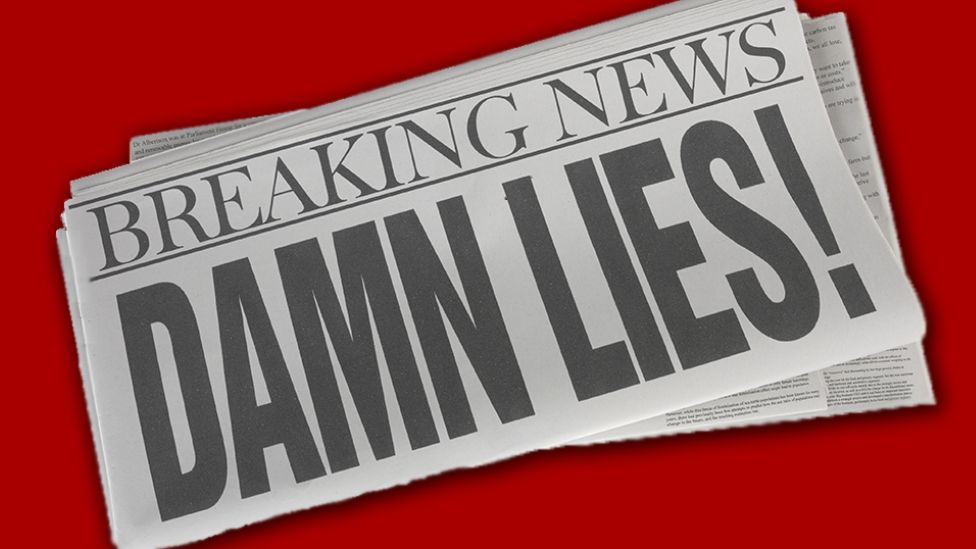We learnt this month that masks will be mandatory on the Toronto Transit Commission, a welcome public-health measure.
Yet, our stay-at-home measures to deal with COVID-19 have resulted in stunning upheaval in countless aspects of our daily lives — including in our transit systems.
Municipalities across Ontario — and no doubt across the developed world — have seen ridership decline to nearly zero as we all physically distance. This effect means fare revenue has plummeted.
We are seeing municipalities engage in radical experiments in reaction, which should make us question the financial model our transit systems rely on.
In Mississauga and other municipalities throughout the province, transit is now fare-free. The TTC, in contrast, has chosen to make dramatic service cutbacks and to lay off some 1200 staff.
One way or another, the fare-based transit funding model Ontario has used for decades is upended. Indeed, the TTC is more reliant on fares, rather than revenue from the general tax base, than most other transit authorities in the world.
I firmly believe we should build off of this disruption of the fare-based transit model to reimagine how we deliver transit, and who pays for it.
Last fall, helping manage the campaign for Michael Coteau, the runner-up in the Ontario Liberal leadership race, we proposed that Ontario should work over a ten-year period to incrementally transition towards a fare-free transit model.
Essentially, we proposed that we should encourage transit use by making it free at the point of access — to treat it like any other public service. It is absurd to me that our roads and highways have less upfront financial barriers than our buses, trains and subways when we know vehicular transportation is one of the main contributors to carbon pollution, which we must tackle to fight climate change.
Moreover, the people who use transit, particularly during the pandemic, are often the lowest-paid workers. Even in regular times, transit users are a mix of working-class and middle-class commuters — exactly the people for whom saving hundreds of dollars a month in fares would make the most significant difference in household budgets. Now more than ever, access to transit, including with masks, is a critical equity issue.
Coming out of the economic upheaval of the pandemic, removing the fare box is a targeted way to give financial relief to commuters and to incentivize transit use when people may still have lingering fears of getting onto a subway or bus.
The new Ontario Liberal leader, Steven Del Duca, has rightly called for the province and federal government to provide urgent financial support to municipalities, particularly to bail out their cash-strapped transit systems. He also proposed last year to halve off-peak fares, which makes sense to me as a good first step that also would serve to encourage riders to avoid rush hour.
Indeed, this off-peak discount was a smart move in normal times, but it has particular appeal when we must ensure our subways and buses are not "packed like sardines" for the good of public health. Providing a financial incentive so riders stagger their trips, as much as possible, away from rush hour is likely the new normal until we have a vaccine for COVID-19.
Moving towards a fare-free transit model, especially with an off-peak discount as a first step, would incentivize transit use to fight climate change, to provide financial relief to working- and middle-class commuters, and to help shift ridership patterns away from peak times and overcrowded lines.
Today, we can add another, even more urgent goal: ensuring we have a financial "carrot" to promote social distancing through off-peak ridership on the subway as we work to gradually reopen the economy.
Our new normal out of this pandemic needs to include a serious discussion about transitioning away from the fare-based transit model, and starting with off-peak fare incentives is the right move.
Photo Credit: CBC News








